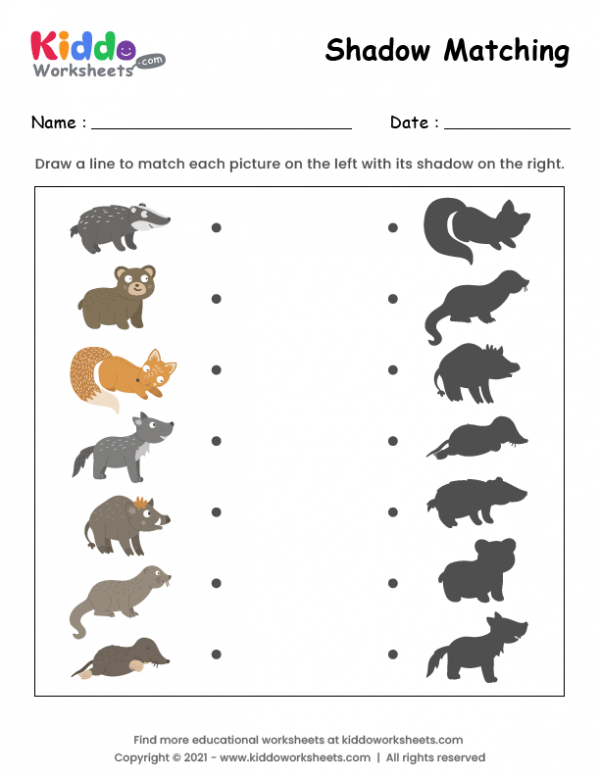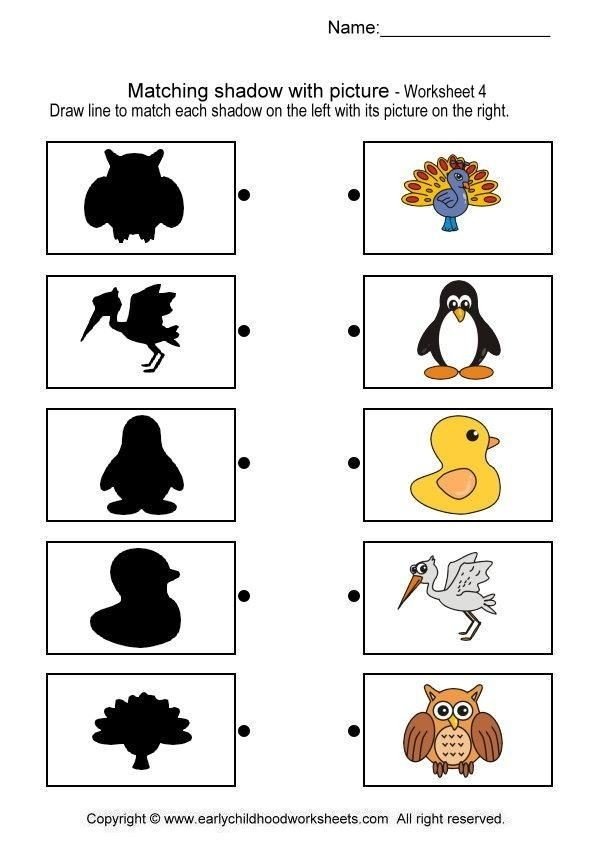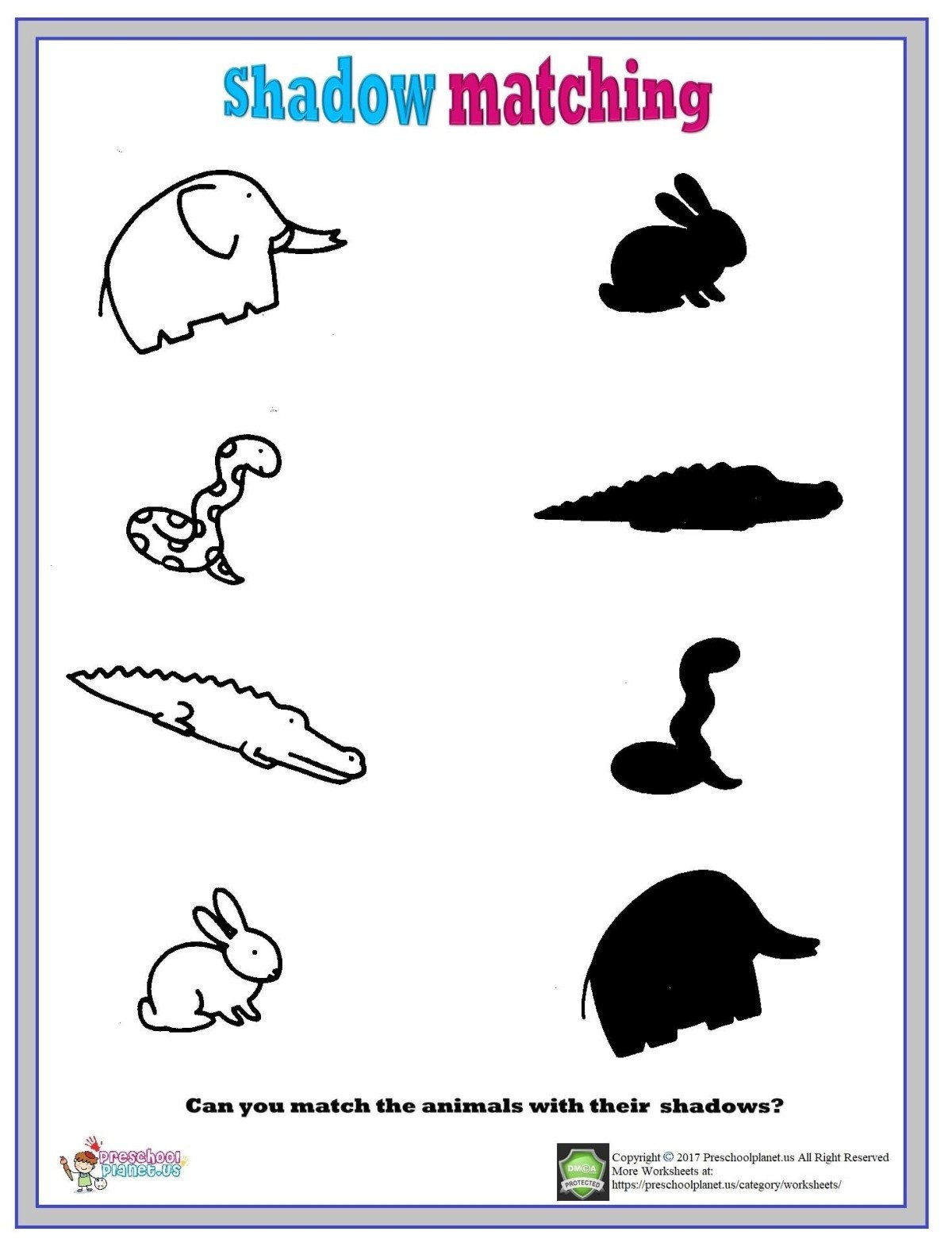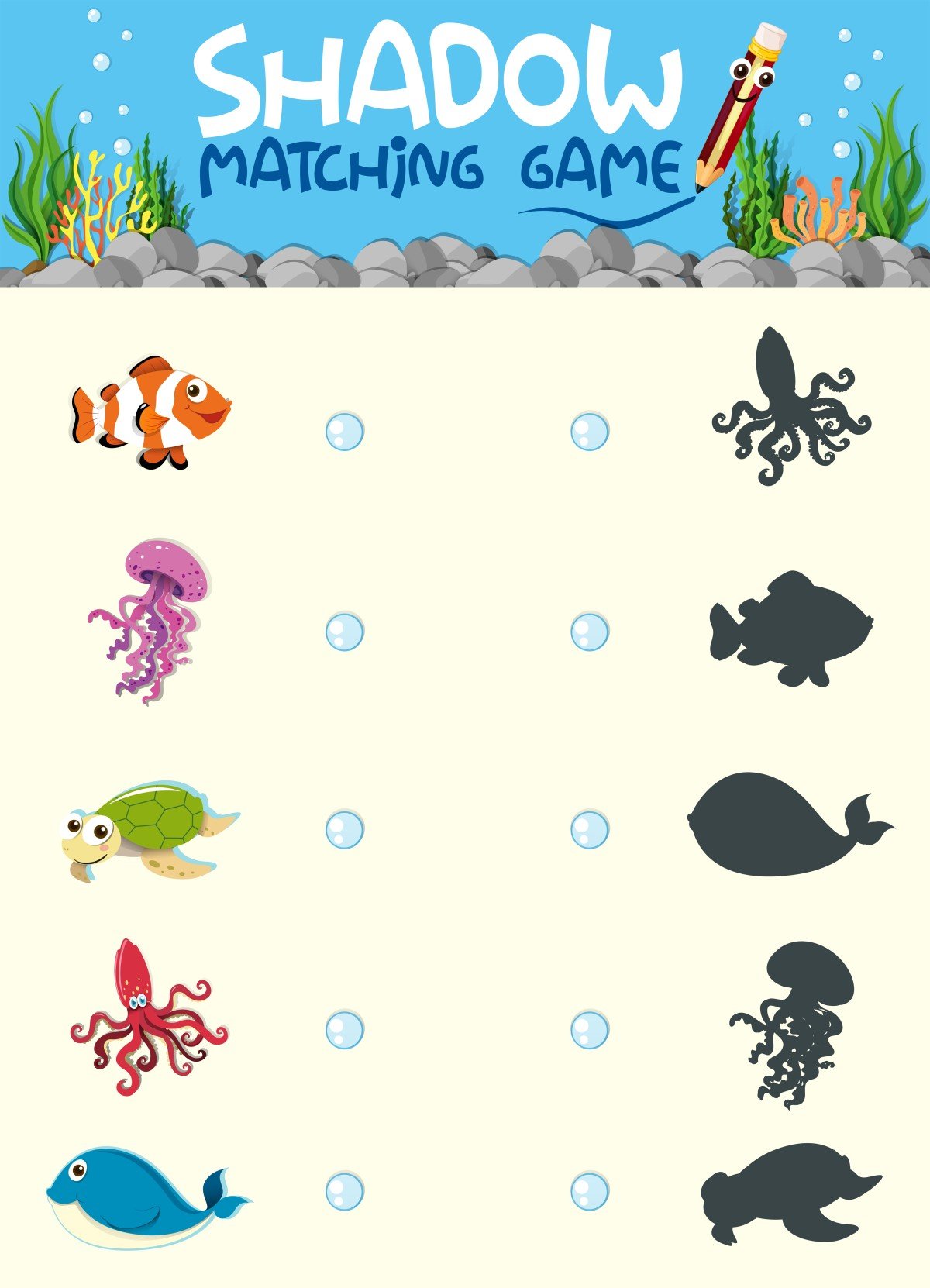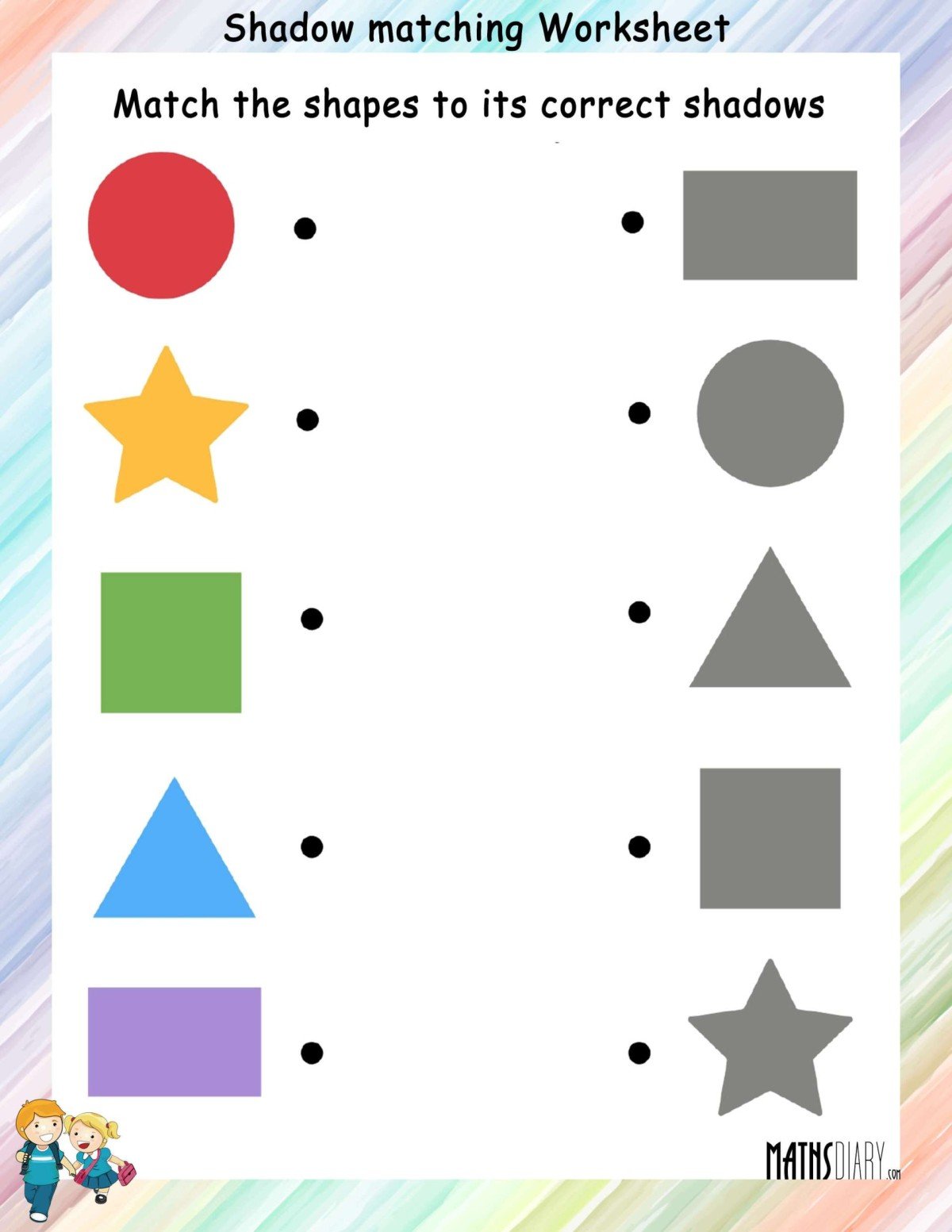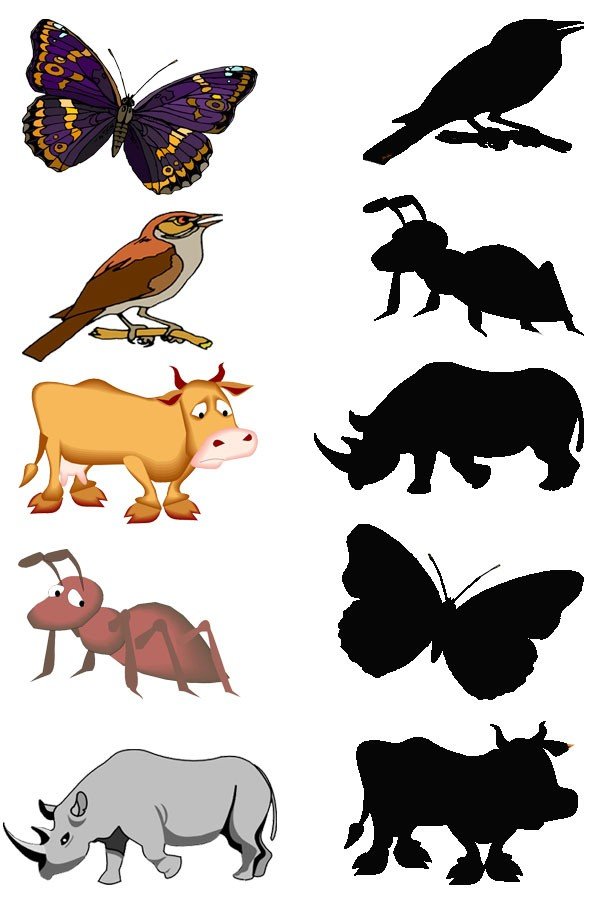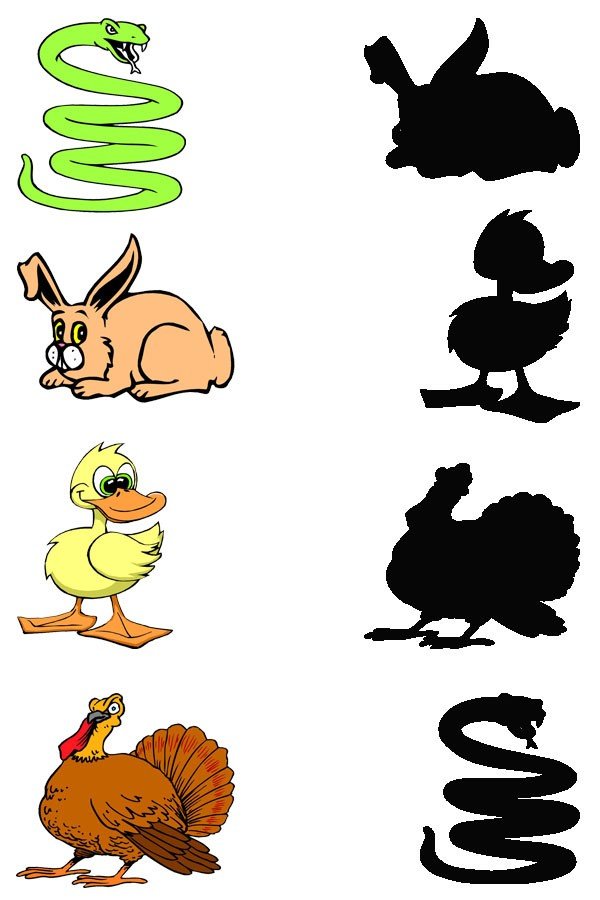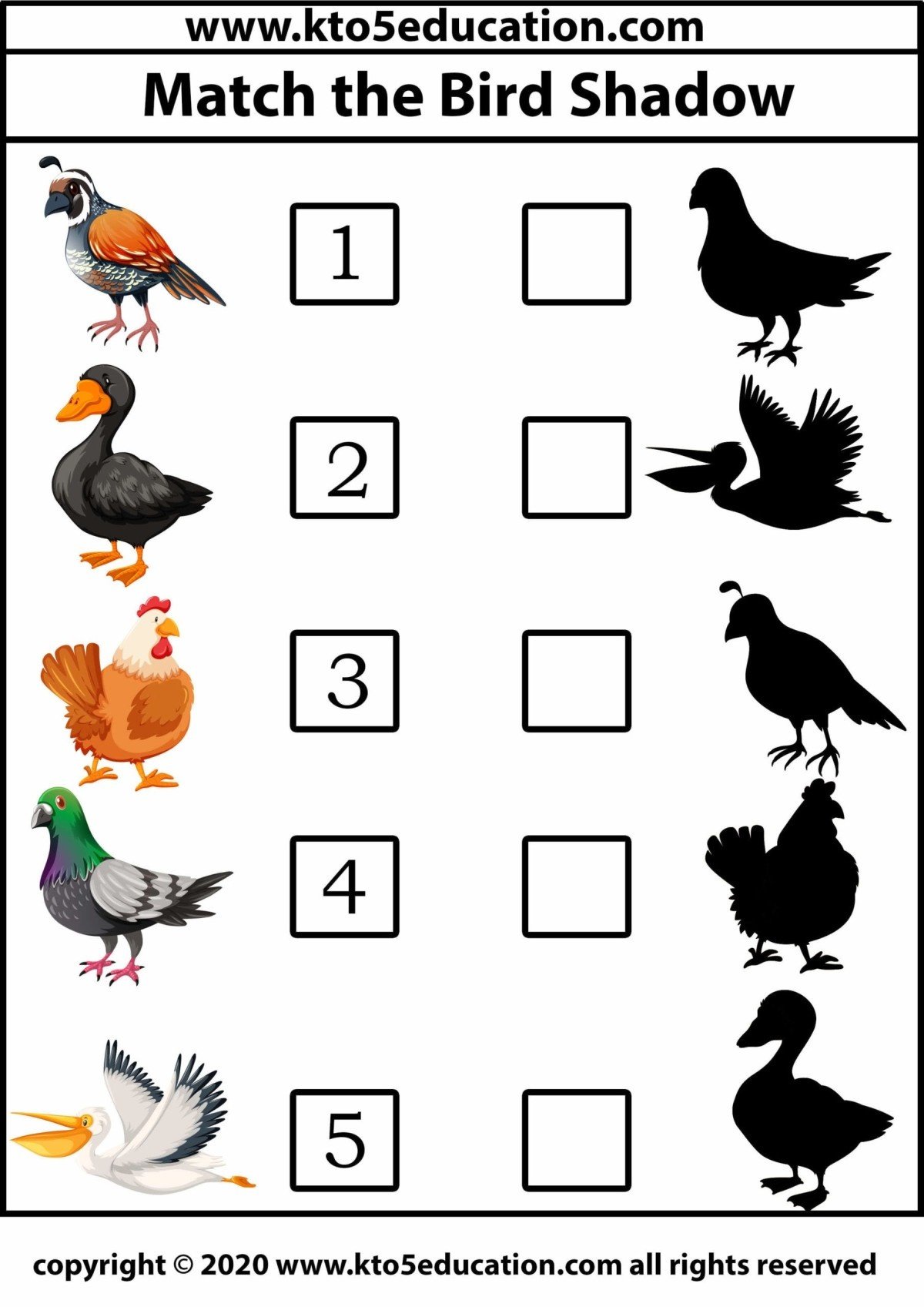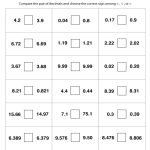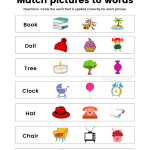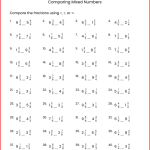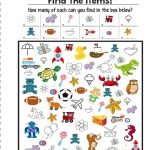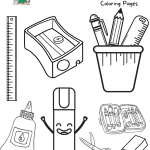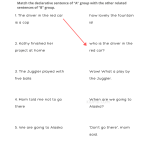Shadow matching worksheets are educational tools used to help children develop their visual discrimination and problem-solving skills. These worksheets typically feature a set of pictures or objects and their corresponding shadows. The goal is for children to match each picture with its correct shadow by identifying and comparing their shapes, sizes, and other visual characteristics.
Table of Contents
How do Shadow Matching Worksheets work?
Shadow matching worksheets present children with a variety of images and their corresponding shadows. The child is then required to examine each picture and its shadow and determine which shadow matches the picture. This activity helps children enhance their observation skills and develop an understanding of spatial relationships. By focusing on the visual characteristics of each image and its shadow, children learn to identify similarities and differences, improving their ability to recognize patterns and shapes.
Why are Shadow Matching Worksheets beneficial?
Shadow matching worksheets offer several benefits for children’s cognitive development. They promote visual discrimination skills, which are essential for reading, writing, and mathematics. By comparing and matching shadows to pictures, children learn to pay attention to details, identify similarities and differences, and make connections between visual representations. This helps them develop critical thinking and problem-solving abilities.
How to use Shadow Matching Worksheets effectively?
To make the most of shadow matching worksheets, it is important to provide guidance and support to children. Here are some tips for effective use:
1. Start with simple worksheets: Begin with worksheets that have fewer pictures and simpler shapes. This allows children to grasp the concept before moving on to more complex worksheets.
2. Encourage verbalization: Ask children to describe their thought process and explain why they chose a particular picture-shadow match. This helps develop their language skills and reasoning abilities.
3. Provide feedback: Offer positive reinforcement and constructive feedback to motivate children and help them improve their matching skills.
4. Gradually increase difficulty: As children become more proficient, introduce worksheets with more challenging pictures and shadows. This keeps them engaged and encourages continuous learning.
5. Reinforce learning through play: Use the concept of shadow matching in real-life situations. Point out shadows in the environment and ask children to identify corresponding objects.
In conclusion
Shadow matching worksheets are valuable educational tools that support children’s visual discrimination and problem-solving skills. By engaging in this activity, children develop their observation skills, spatial awareness, critical thinking, and ability to recognize patterns. With guidance and practice, shadow matching worksheets can be an effective way to enhance children’s cognitive development.
Free Printable Shadow Match Animal Worksheet
Shadow Work Worksheet
Free Printable Shadow Matching Worksheets
Shadow Matching Game Worksheet 374291 Vector Art At Vecteezy
Matching Shadow Worksheets
Matching Shadows Math Worksheets
CraftsActvities And Worksheets For PreschoolToddler And Kindergarten
Shadow Matching Worksheets
Shadow Matching Game Printable
